
How a Catalytic Converter works » NAPA Know How Blog
7.1: Catalytic Converters. A catalytic converter is a device used to reduce the emissions from an internal combustion engine (used in most modern day automobiles and vehicles). Not enough oxygen is available to oxidize the carbon fuel in these engines completely into carbon dioxide and water; thus toxic by-products are produced.

Catalytic Converters Details Mechanism and Diagnoses The Steering Lord
Exhaust pipes, manifold, catalytic converter, and muffler. News Features New Cars Used Cars Shopping Tools. Exhaust System Diagram.
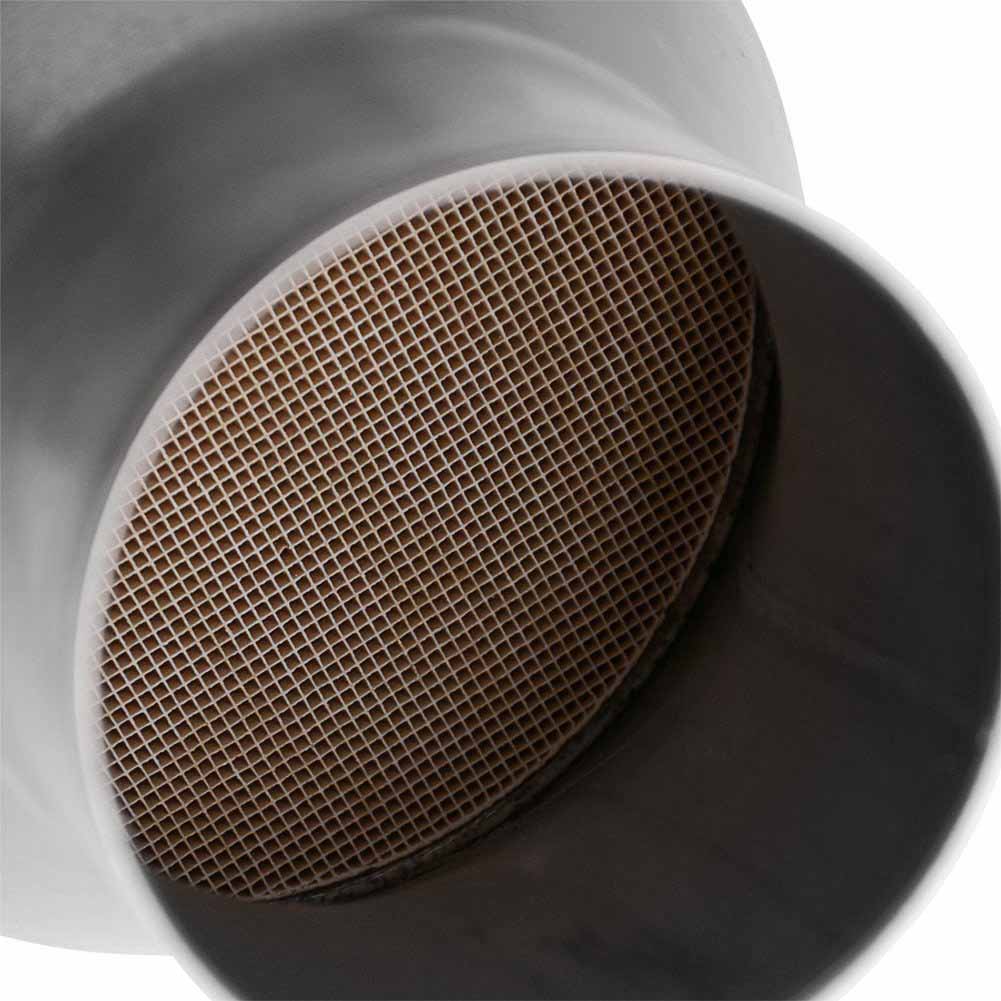
What Is A Catalytic Converter & How Does It Work? CarBikeTech
Reaction Diagrams for Catalyzed Reactions The two reaction diagrams here represent the same reaction: one without a catalyst and one with a catalyst. Estimate the activation energy for each process, and identify which one involves a catalyst. Solution
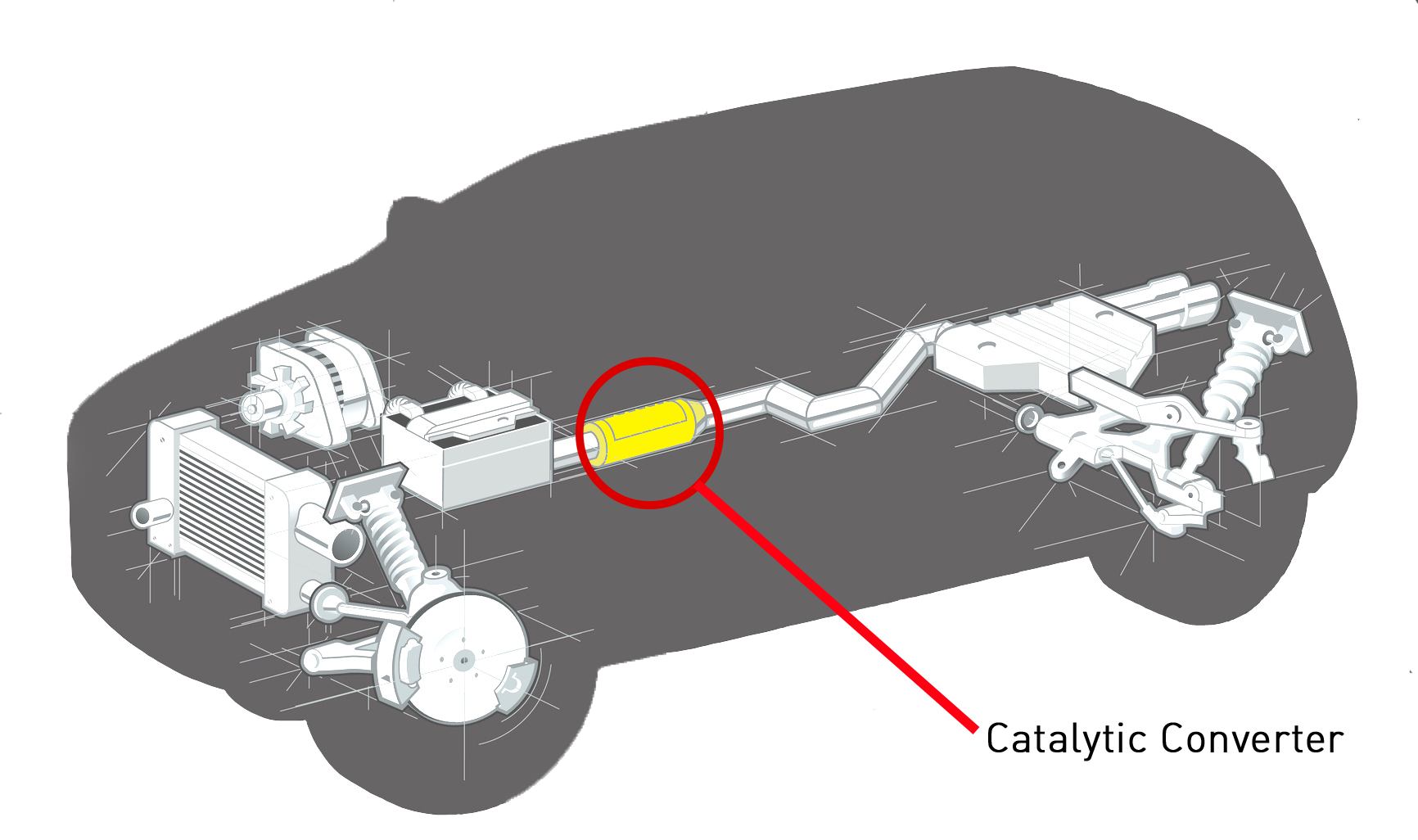
Catalytic converter Learning
Here is a diagram of how a catalytic converter works: The catalyst is filled with hot exhaust gas. Exhaust gas interacts with the catalyst after passing through the honeycomb substrate. Chemical reactions that transform the toxic emissions in exhaust gas into less toxic emissions are accelerated by the catalyst.
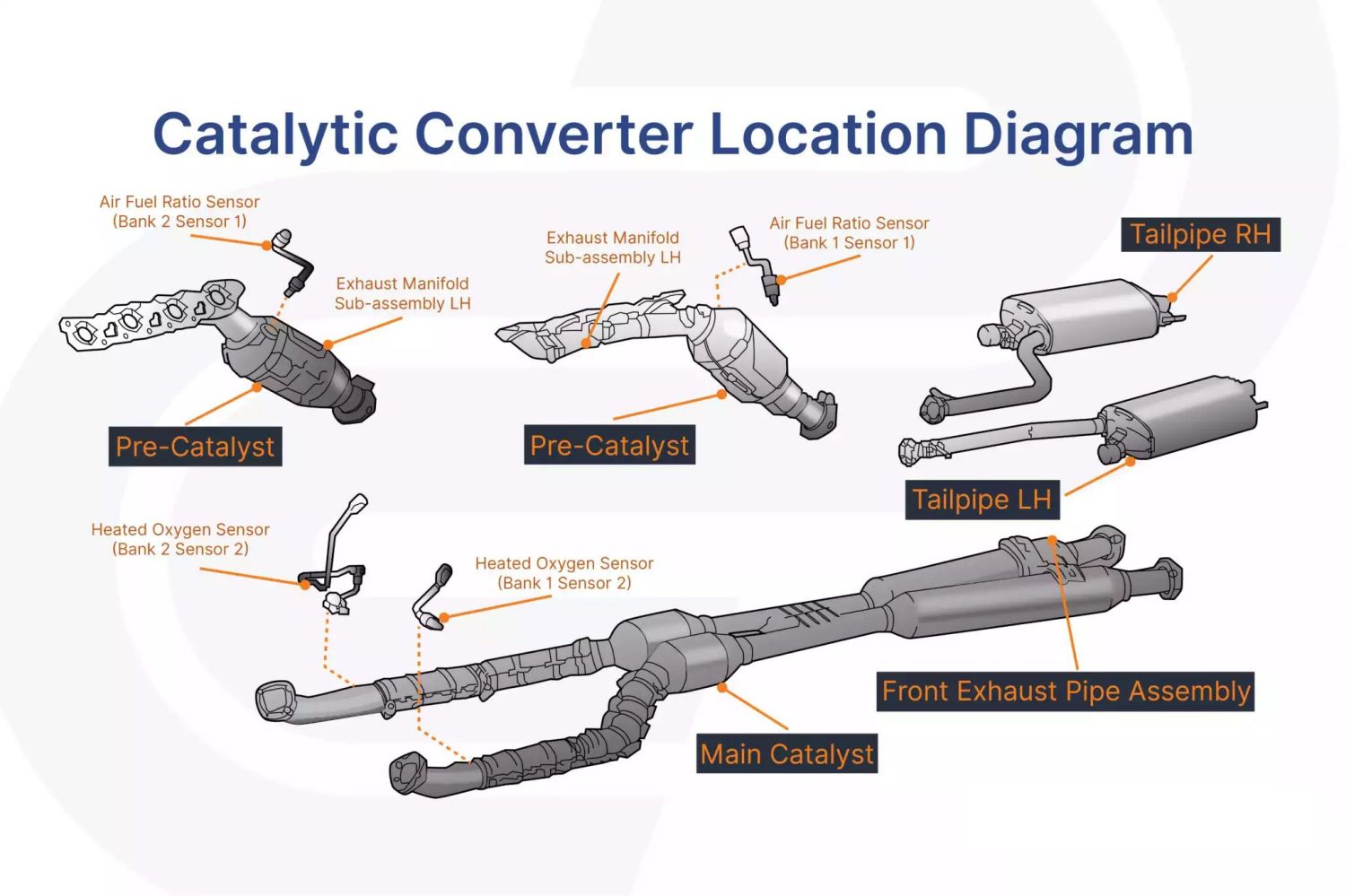
News What effect does the threeway catalytic converter have on the car?
The catalytic converter is typically a cylindrical-shaped device located in the exhaust system of a vehicle. Its outer shell is made of durable materials such as stainless steel or aluminum. This shell provides protection to the internal components and ensures the converter's longevity. Step 2: Substrate
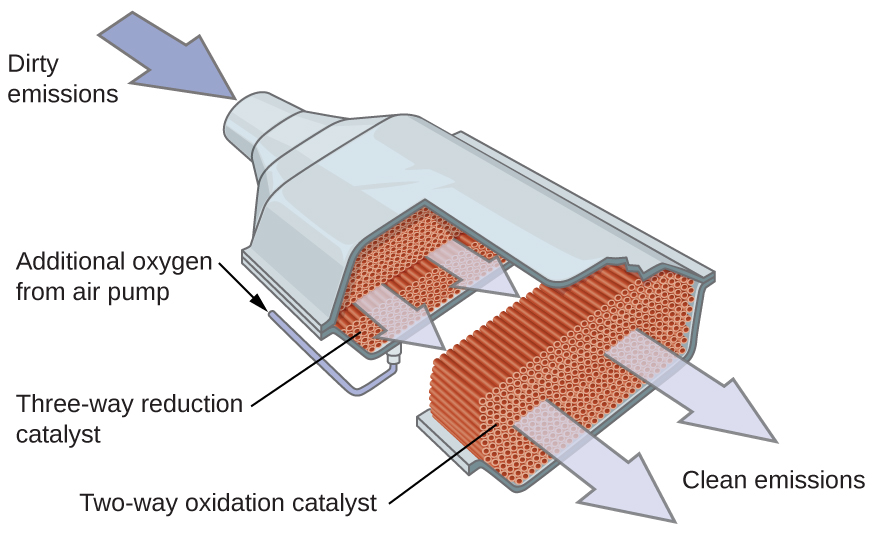
The Function and Purpose of a Catalytic Converter Auto Trends Magazine
Where is the Catalytic Converter Located? - In The Garage with CarParts.com If you're new to auto repair, you might be wondering where the catalytic converter is located. Find out in this article plus tips on how to access it.
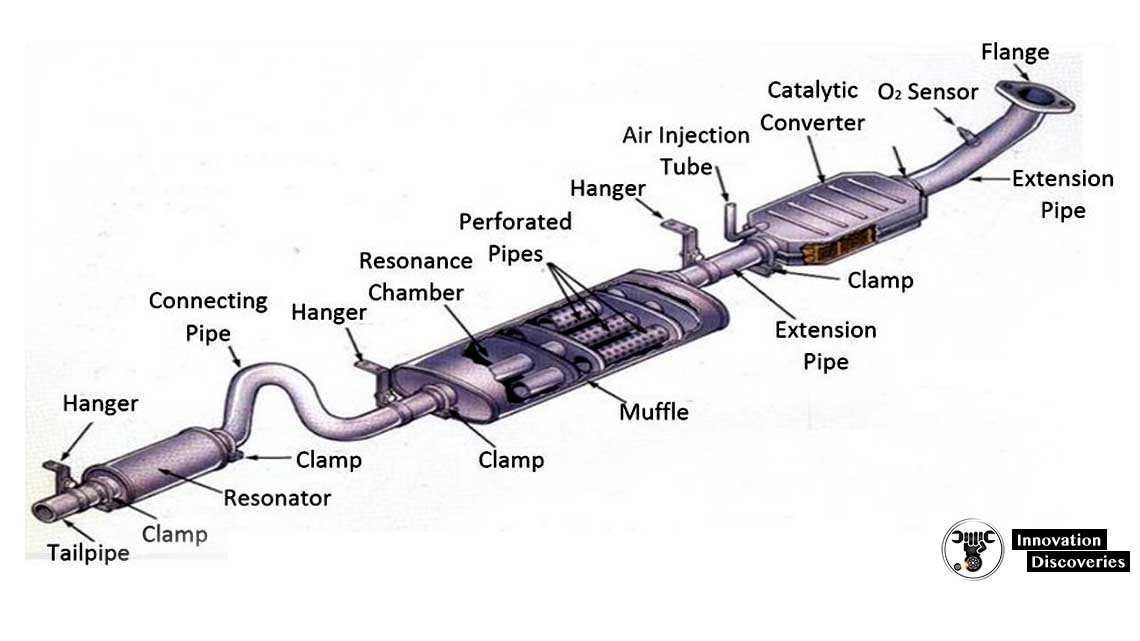
Catalytic Converter
This diagram from MagnaFlow shows the overall construction and reactions for a catalytic converter. When Catalytic Converters Go Bad. Damage to a cat can occur through physical damage, such as smashing the case on a speed bump, or chemical, such as allowing a contaminant to cause "catalyst poisoning", which coats the honeycomb, keeping it from doing it's job.

2004 Nissan xterra catalytic converter diagram
In this video, you'll learn how a catalytic converter (cat) works.Also check out our video on how a diesel particulate filter (DPF) works 👉 https://bit.ly/3.
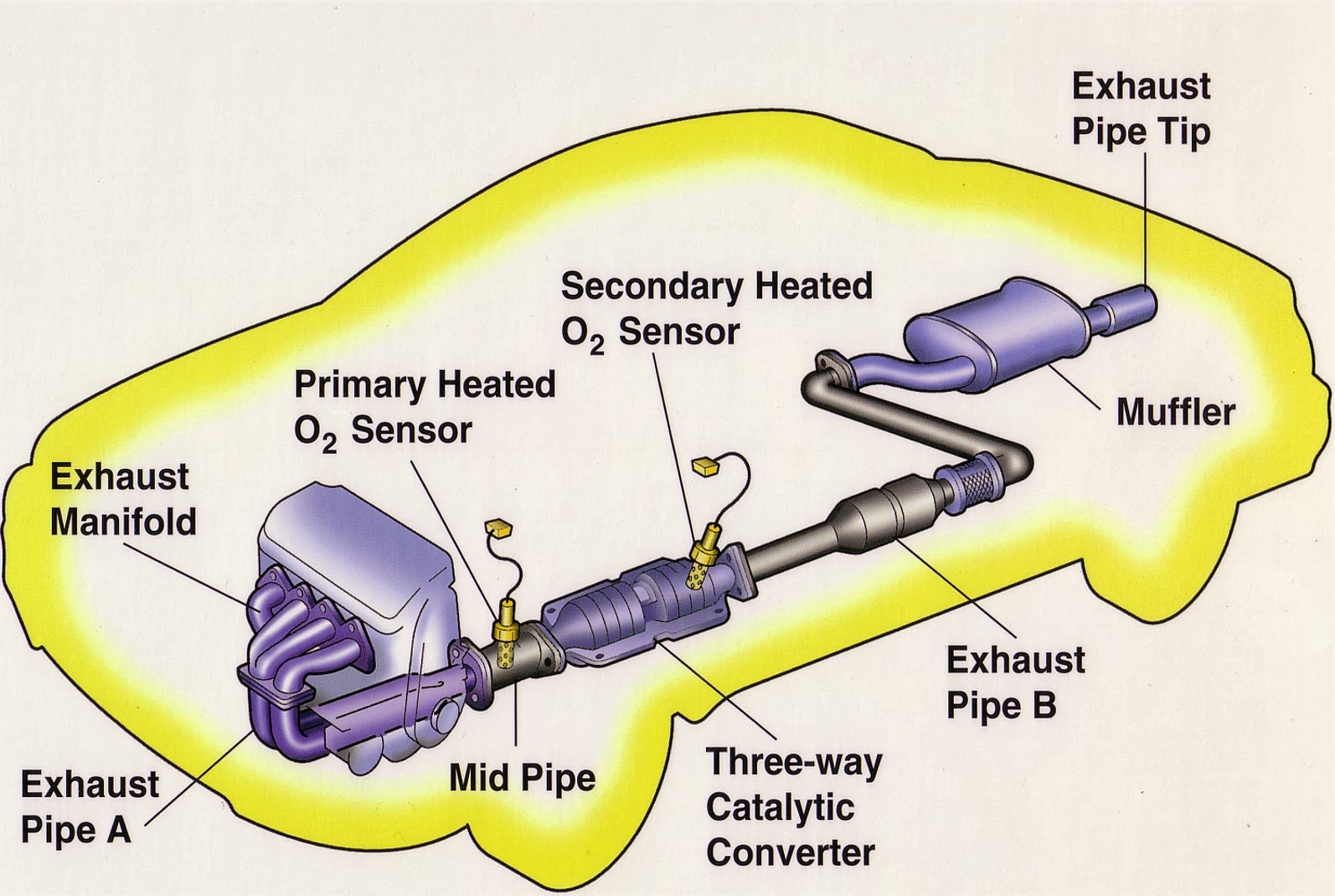
Manigandan Blog Catalytic converter
The activation energy is the difference between the energy of the starting reagents and the transition state—a maximum on the reaction coordinate diagram. The reagents are at 6 kJ and the transition state is at 20 kJ, so the activation energy can be calculated as follows: Ea = 20kJ − 6kJ = 14kJ (4.6.1) (4.6.1) E a = 20 k J − 6 k J = 14 k J.
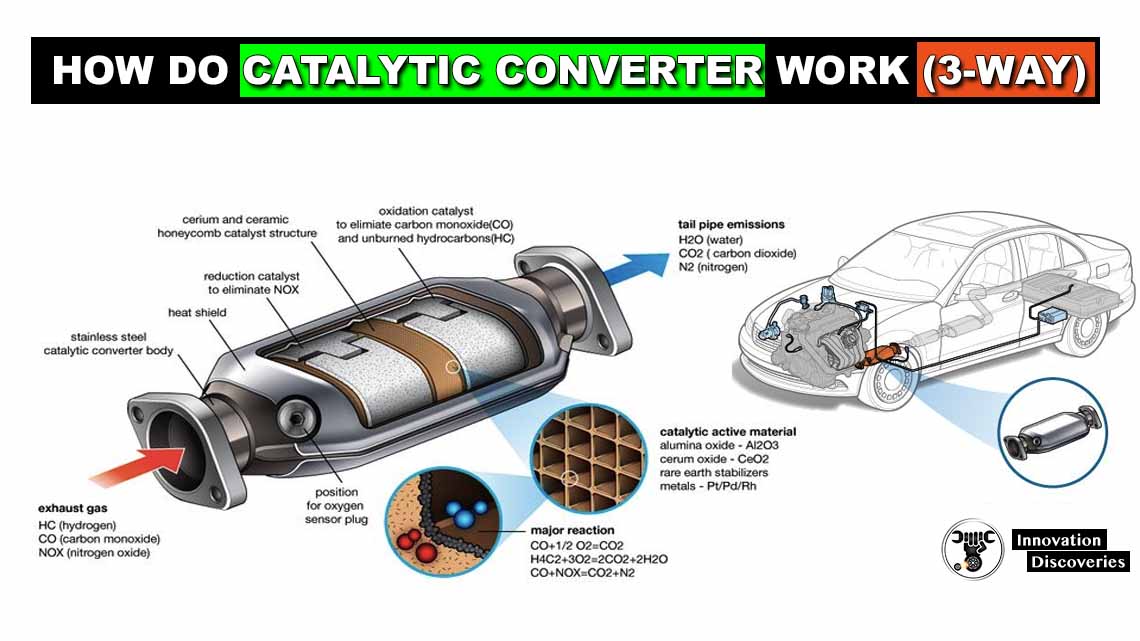
Catalytic Converter (3way)
Step 1: Raise the vehicle and secure it on jack stands. Make sure to raise the vehicle enough to give space for maneuvering underneath the vehicle. Set the parking brake, and use stoppers or wood blocks under the tires to prevent the vehicle from rolling. Step 2: Find the catalytic converter. Identify the catalytic converter on the underside of.

Catalytic Converter Schematic Diagram Circuit Diagram
A catalytic converter is a vehicle emissions control device that is used to convert toxic byproducts of combustion (occurring in the exhaust of an internal combustion engine) to less toxic.
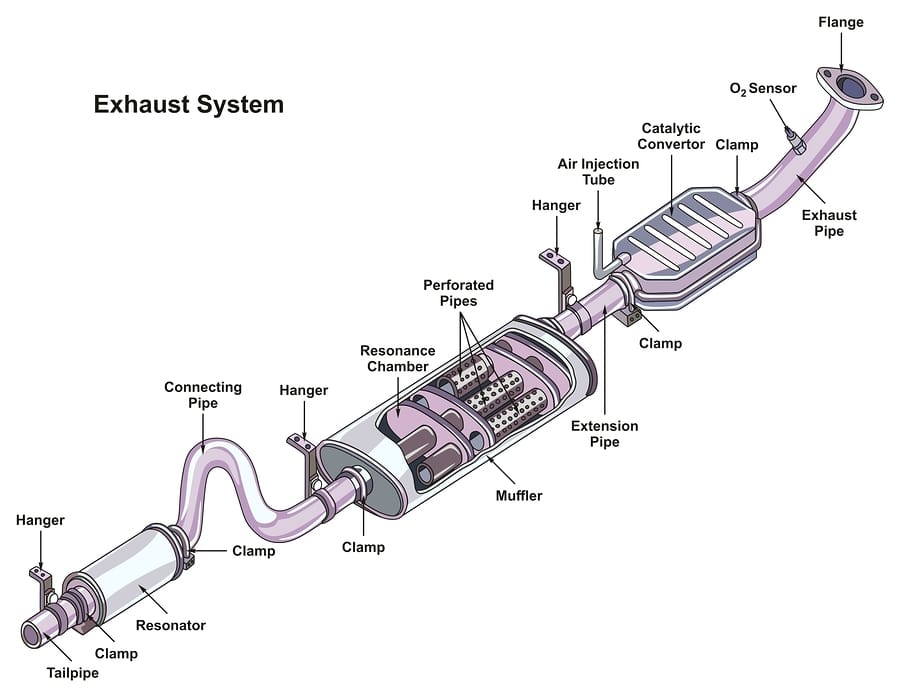
What Damages a Catalytic Converter? Hollenshade's Auto Repair
Catalytic converters use metallic catalysts to promote the desired reactions at lower temperatures than would otherwise be needed. Typical values are shown in Figure 8.21.The catalyst types could be a base metal (e.g., copper, Cu, or chromium, Cr) but are more usually noble metal (platinum, Pt, palladium, Pd, rhodium, Rh). The transition metal oxides of copper, cobalt, iron chromate, and.
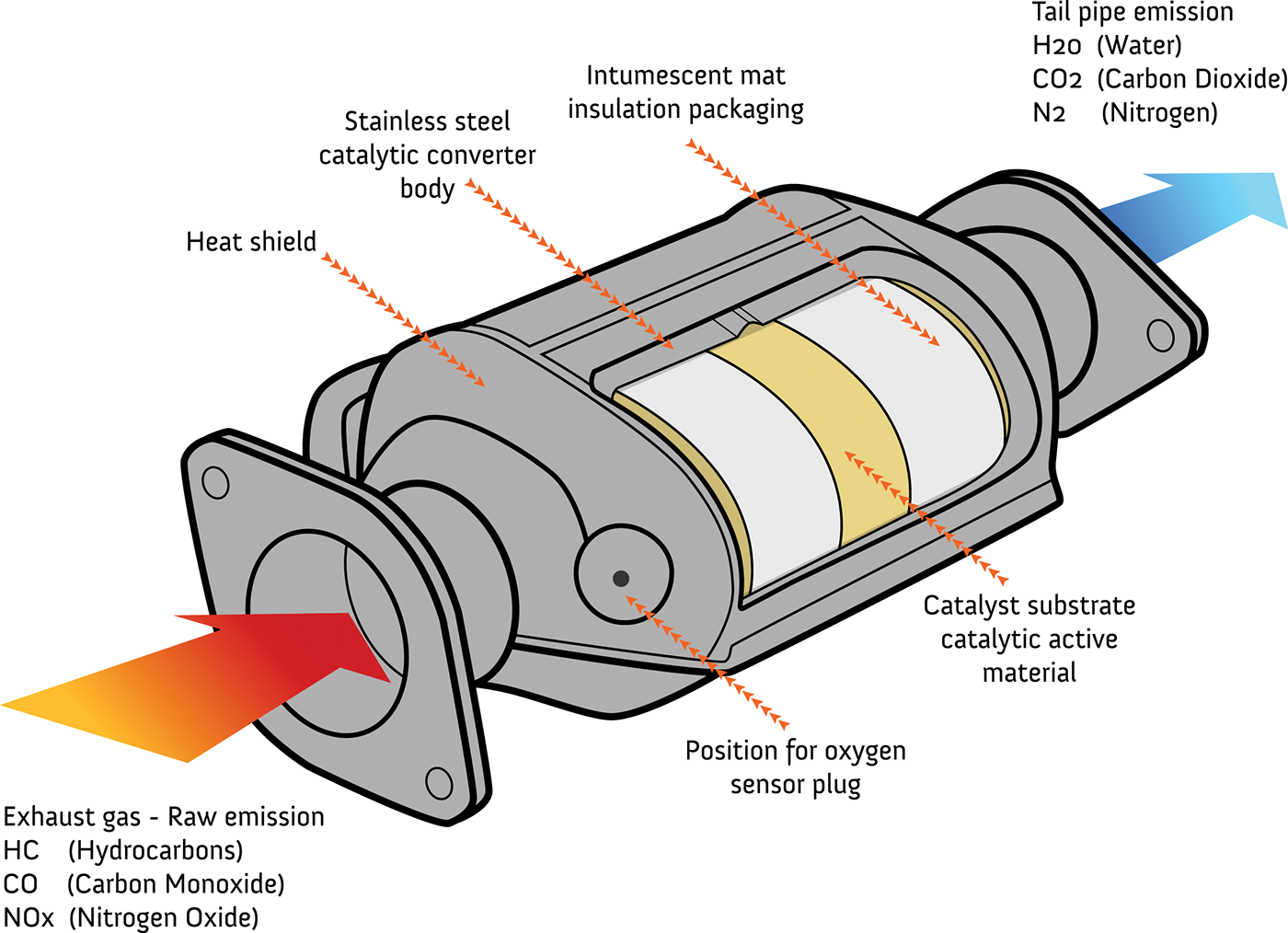
Catalytic Converter Vector Illustration on Behance
Artwork: The basic concept of a catalytic converter: sitting between your car's engine and tailpipe, it takes in dirty air and removes a significant amount of pollution from it using chemical catalysts. Sponsored links Contents Why engines make pollution What is a catalytic converter? What happens inside the converter?

Honda accord catalytic converter diagram
The metals in catalytic converters are catalysts. Catalysts are compounds that trigger a chemical reaction without being affected themselves. Catalytic converters have a honeycomb structure because it provides a lot of surface area for a lot of reactions. Catalytic converters use elements like Platinum (Pt), Palladium (Pd), and Rhodium (Rh) as.
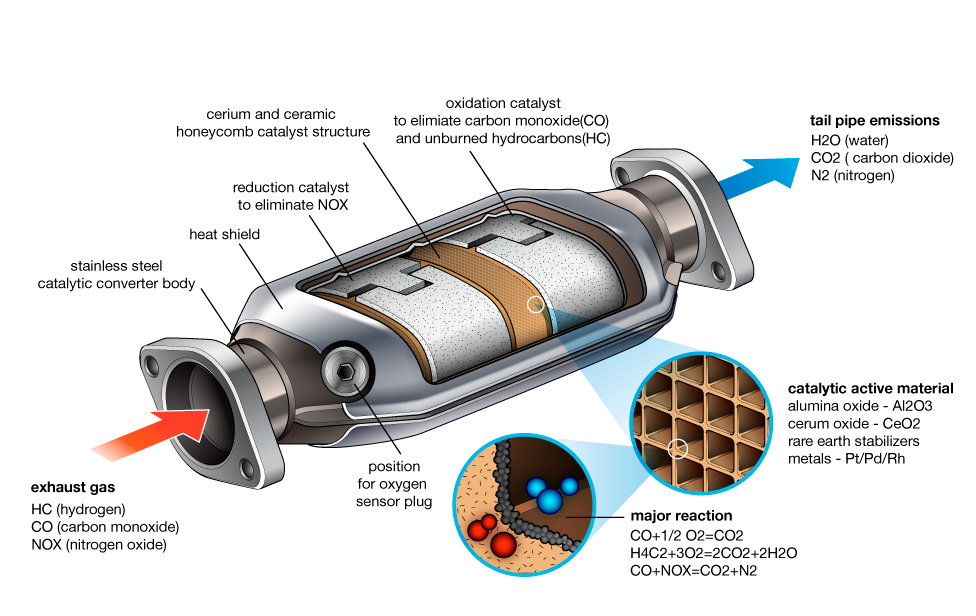
jenis jenis catalytic converter kereta Chloe Parr
A catalytic converter is an exhaust emission control device which converts toxic gases and pollutants in exhaust gas from an internal combustion engine into less-toxic pollutants by catalyzing a redox reaction.
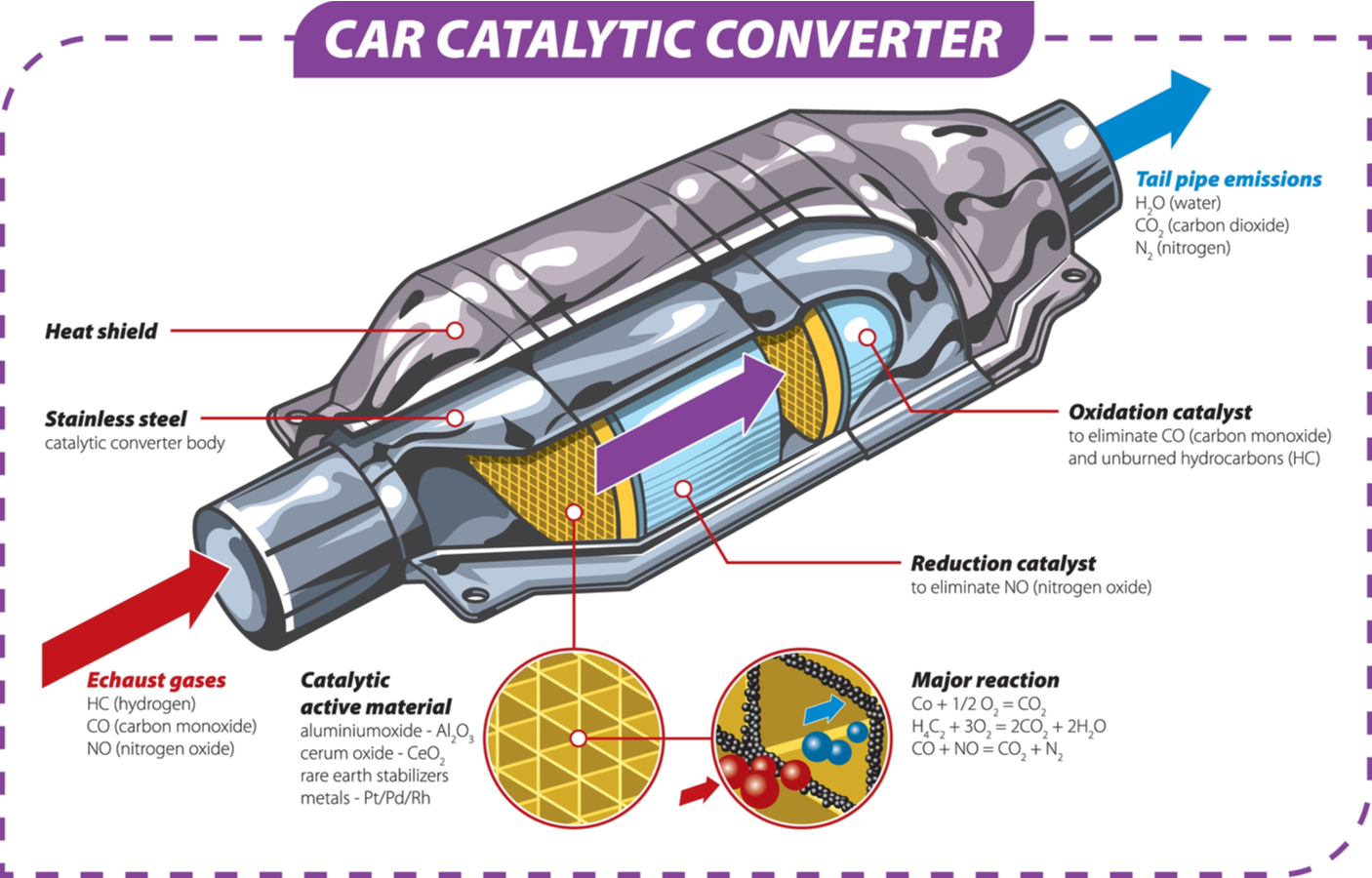
Why is Catalytic Converter Theft on the Rise? DeBroux Automotive
The main function of a catalytic converter is to decrease pollution emitted from a vehicle's exhaust. The concept behind this is to add a catalyst and force a reaction between the automobile's exhaust and oxygen in the converter. To see just how this happens let's look inside of a catalytic converter. A catalytic converter is made up.